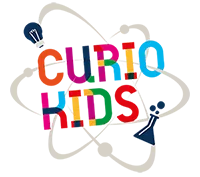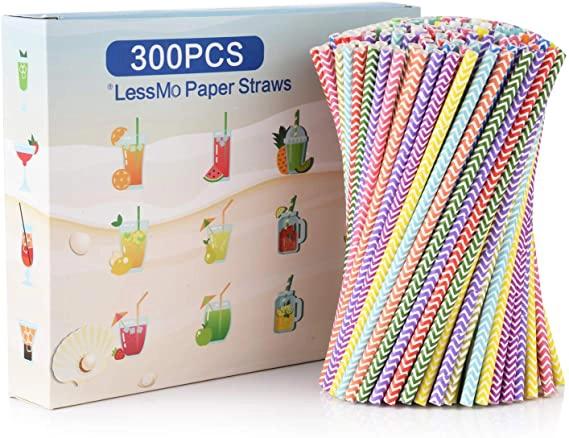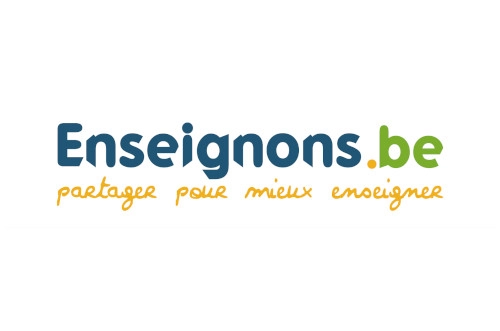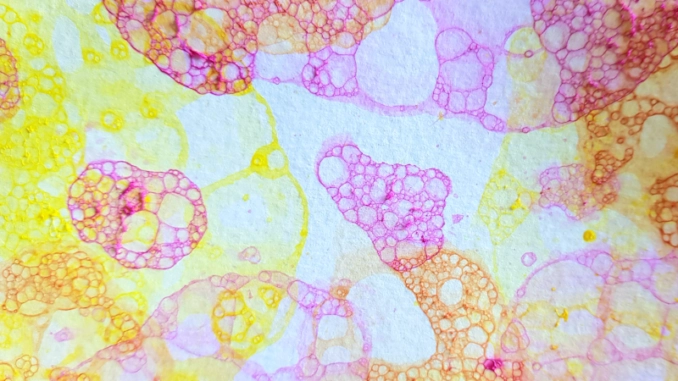
Soap is a lot more fun than you can imagine. Use its exceptional power to create multicolor and original invitation cards by taking advantage of the science behind surfactant properties!
You will need:
- Bowls
- Acrylic paints
- Dishwashing liquid
- Some water
- Straws
- Thick sheets of paper 4 in wide and 6 in long.
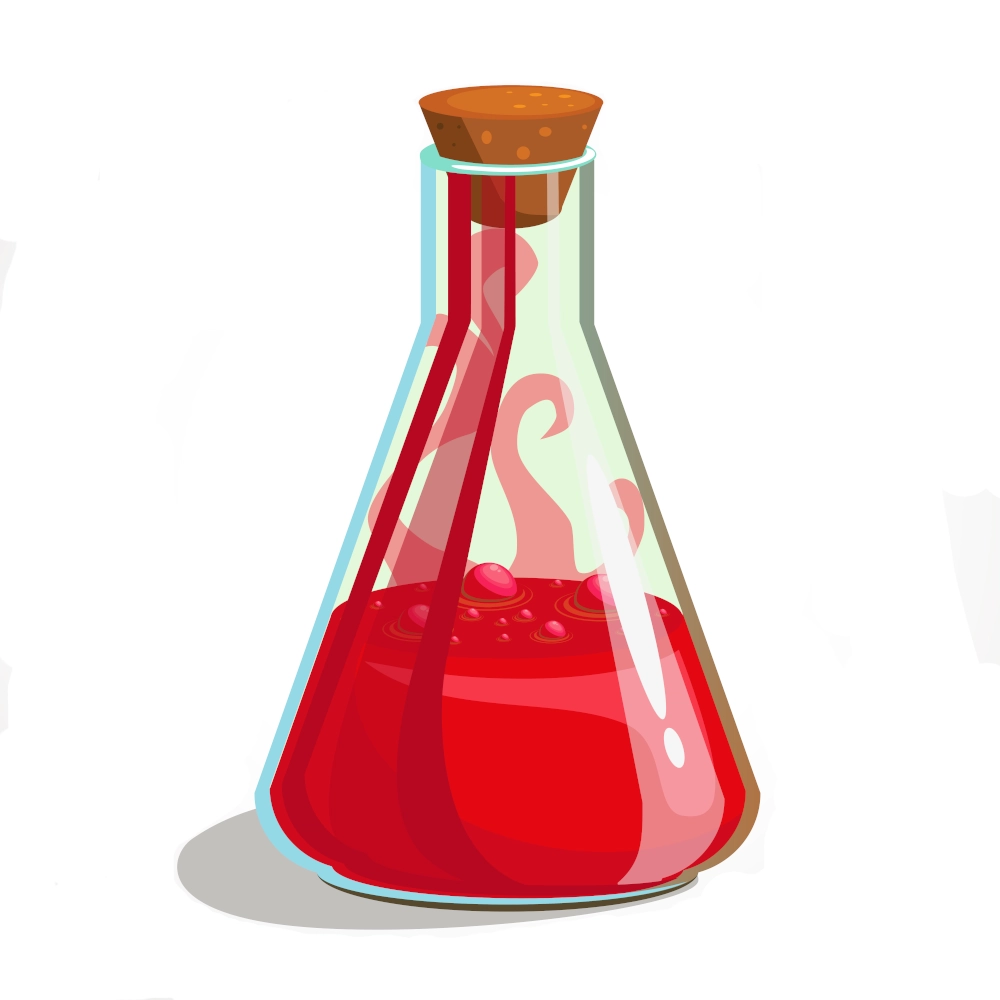
From 5 years

Difficulty : easy
Buy online

Let's experiment
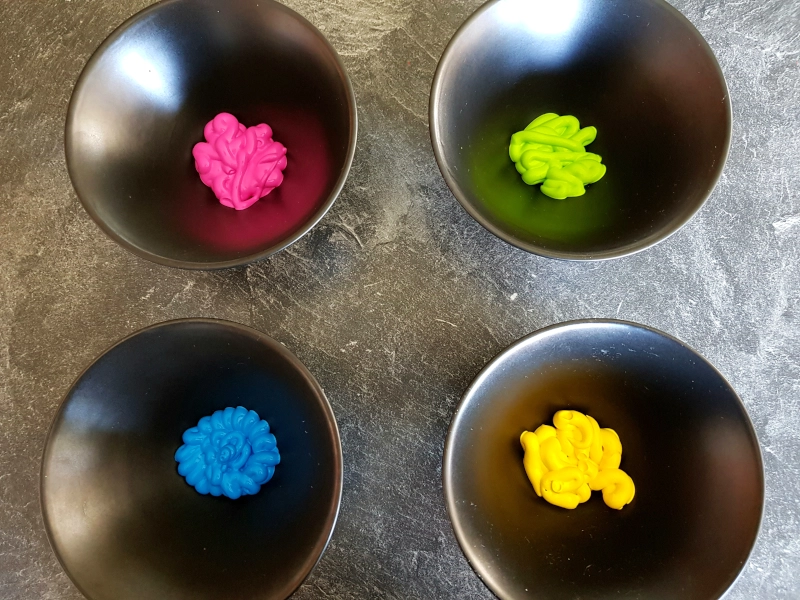
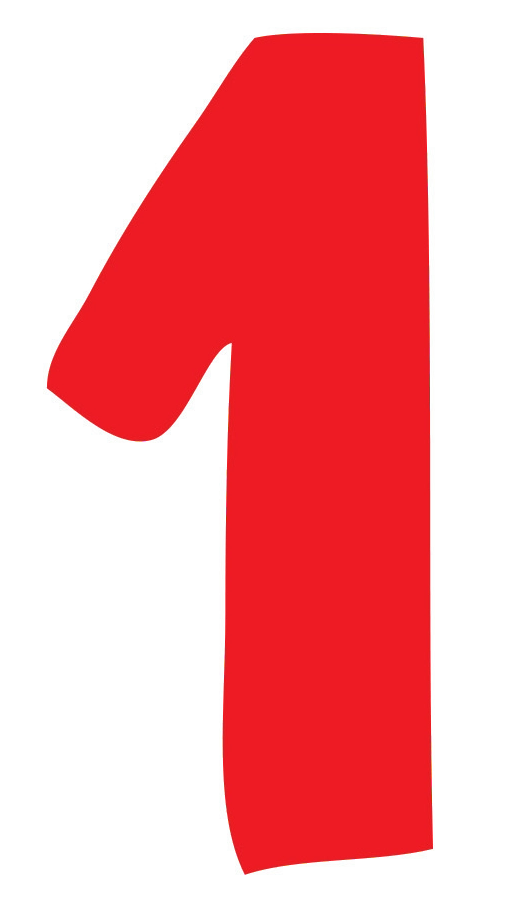
Pour acrylic paint in every bowls
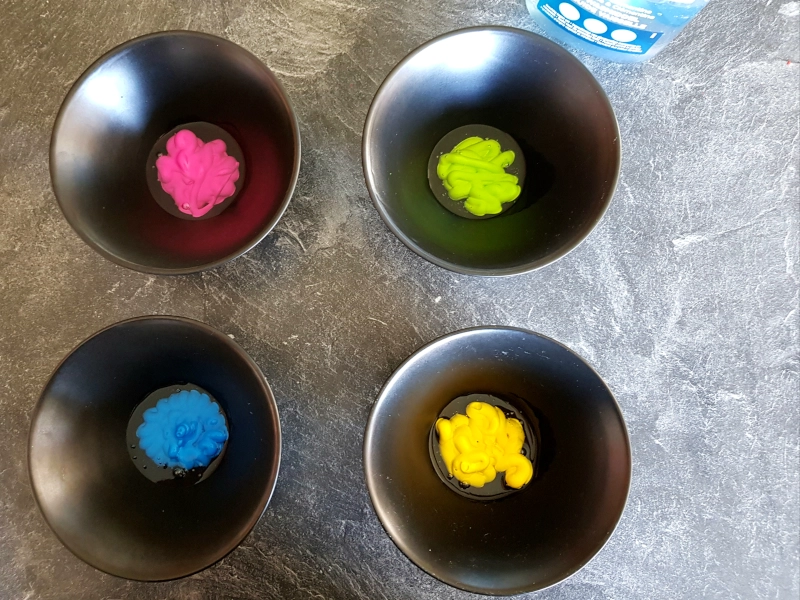

Then add the equivalent of a tablespoon of dishwashing liquid.
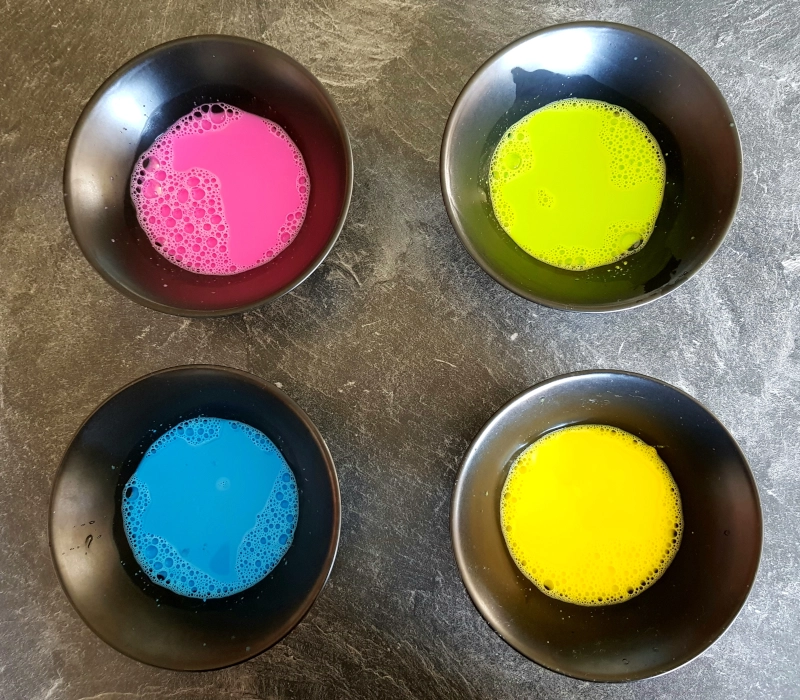

Now add 50 mL of water and gently mix with a spoon.
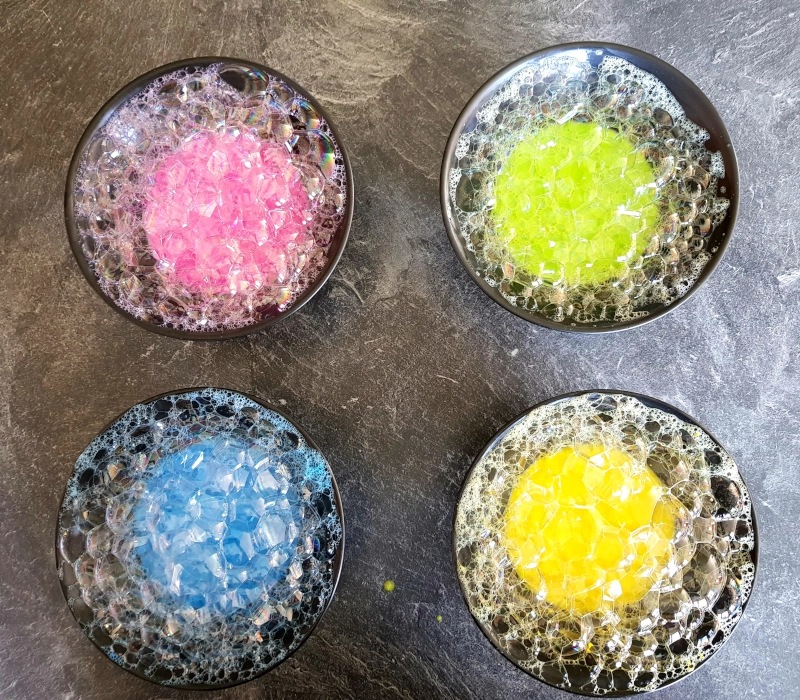

Using a straw, blow into each bowl to create bubbles. Remember to change the straw from one bowl to another.

Now, with your sheet of paper, collect the bubbles as you would do with a spoon.
You can even pop the bubbles with your fingers.
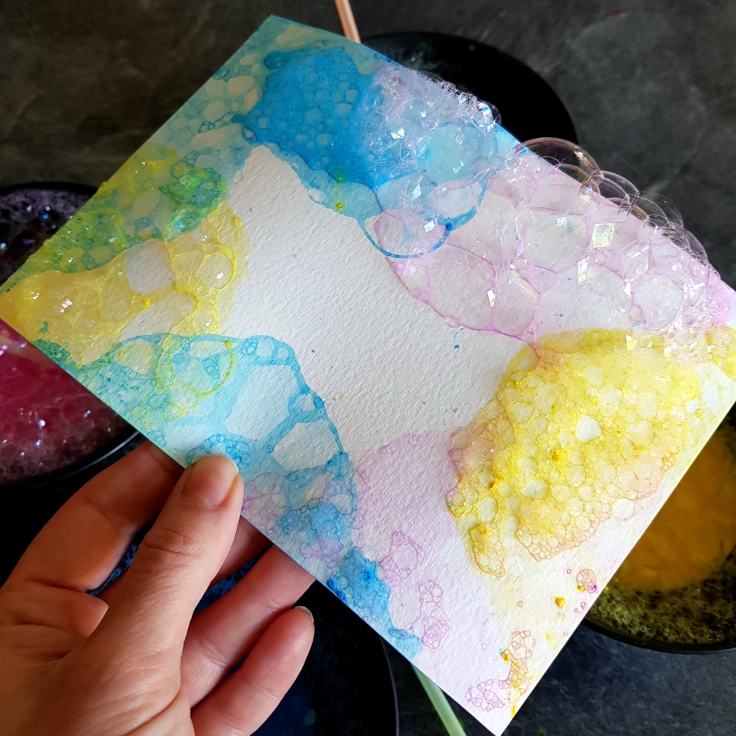
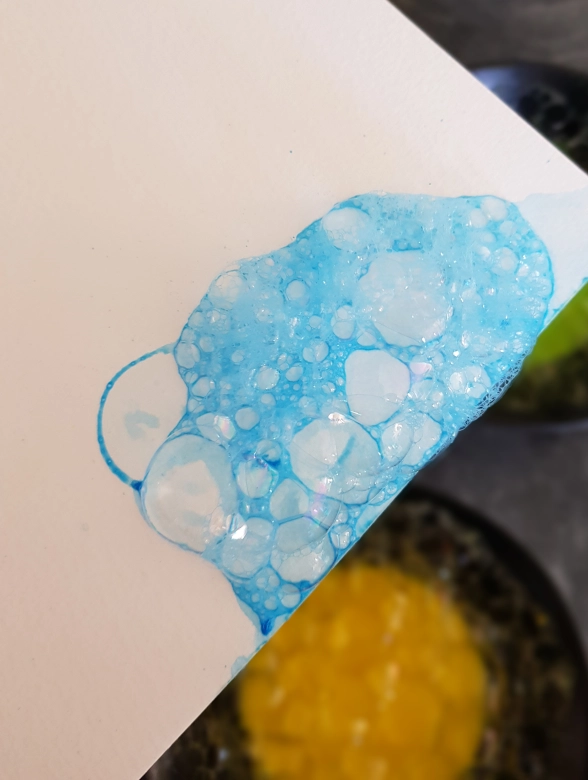

Let’s go to create as many colored cards as you want. When you’re done, let them dry. And then use them to make original invitations for your birthday.
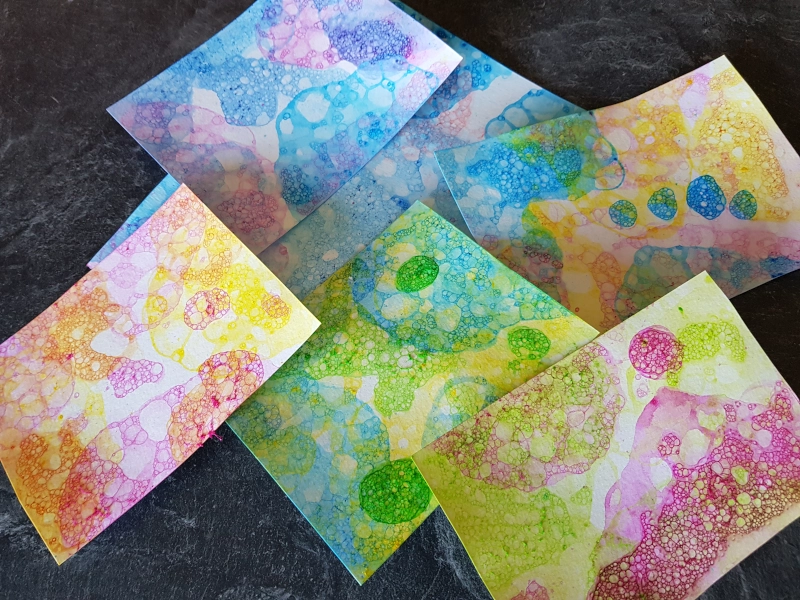
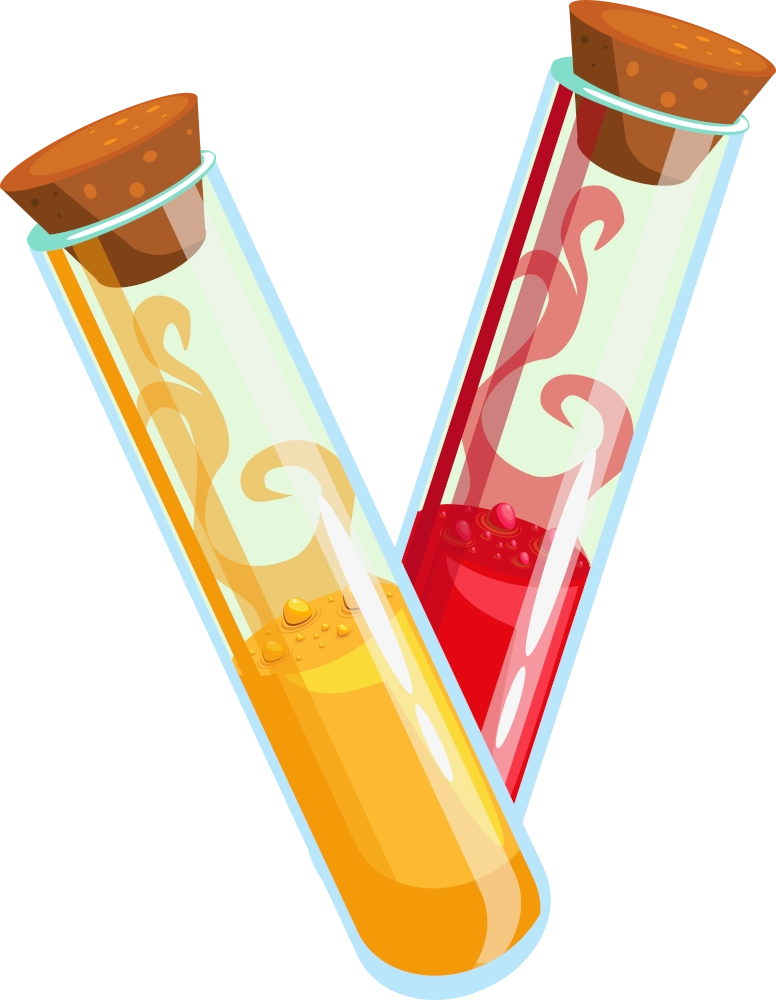
Surfactancy, the power of soap!
Soap is composed of molecules which are made up of a part which likes water, and another part which likes oil. Soap is said to be amphiphilic.
Without soap, you cannot make bubbles with just water. If you add soap, it is placed on the surface of the water. In this way, the part that likes water stays in contact with it, and the part that likes air (or oil), points to air.
When you blow in the colored solution with the straw, bubbles form thanks to the soap molecules which are compatible with the two media. If you could shrink to the size of the molecules, you would see that the bubble film includes water, and with it, the color that you have diluted in the bowl.
It is only when these bubbles burst that the colored water is deposited on your sheet to create pretty patterns.
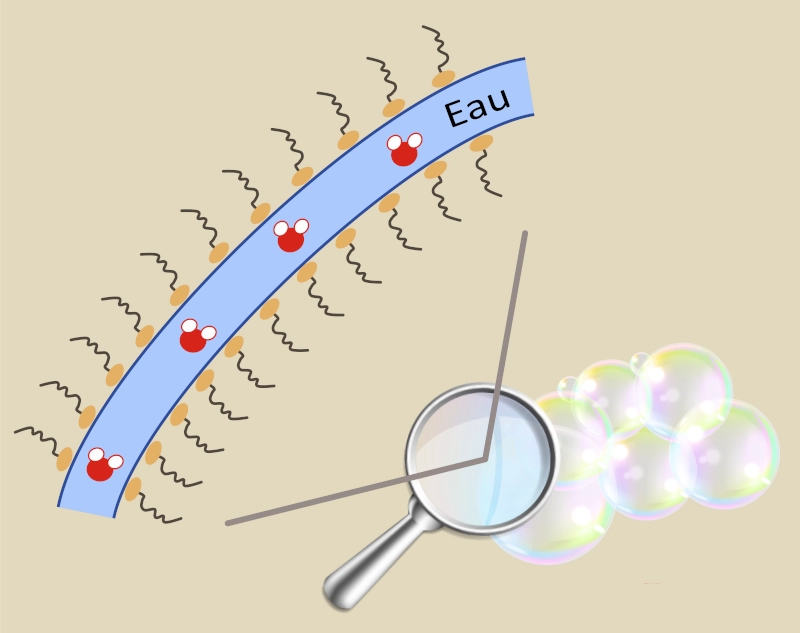
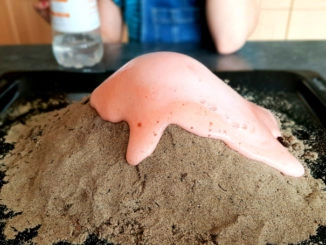
The volcano science experiment
Observing a chemical reaction in your kitchen is possible with the volcano science experiment. Build your volcano with sand. And then let’s move on to making lava. […]
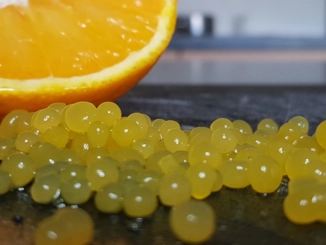
Prepare an orange caviar
Use molecular chemistry to create foods with unexpected shapes. Do you think making orange juice beads is impossible? This is without counting on the properties of Agar, a natural molecule capable of gelling all liquids. Transform yourself into a molecular chemist to surprise your friends with your edible creations. […]
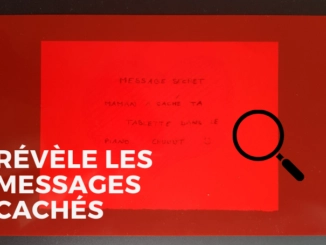
Decode messages with a red filter
Do you want to send secret messages to your friends, without anyone else being able to read it? Or even send a secret invitation to a lover? Play with light and color transmission to hide your messages. It’s your turn to play! […]
